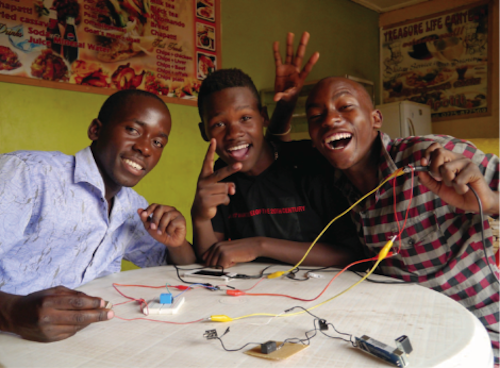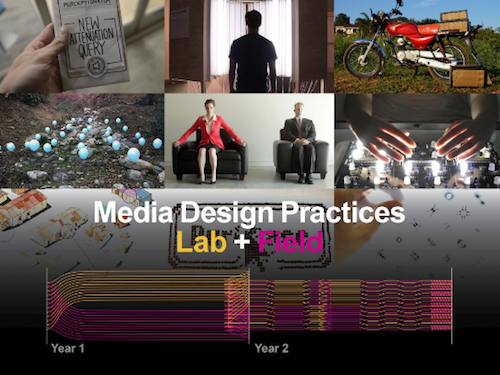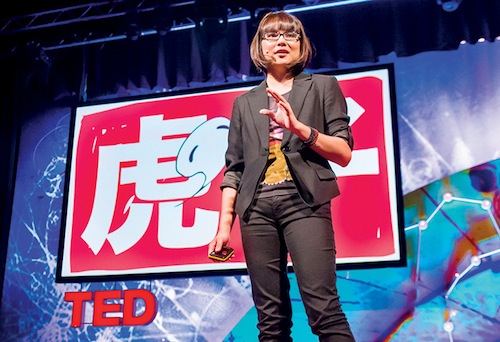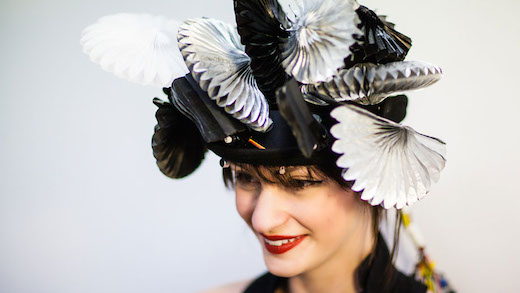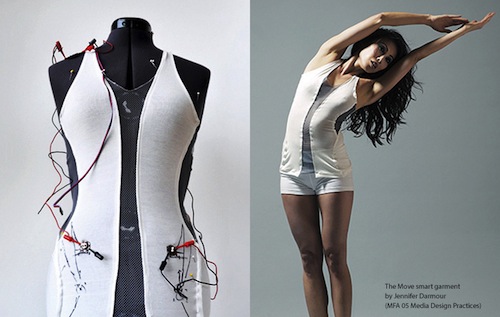Art Center has a reputation for putting students through their paces, challenging them to meet and exceed their wildest creative dreams. The work ethic instilled here is legendary as are the results of all that toiling, ideating, imagining and making.
But the journey from inspiration to finished creation has always been somewhat mysterious. So beginning last Fall, we set out to illuminate students’ creative process with the series of videos we’ve recently renamed Student Space. Now it’s become a bonafide ‘thing.’ Here’s how it’s done: We identify three students from different disciplines who are in the process of completing an ambitious project. Over the course of the term we work with them to create three videos capturing the launch, obstacles and completion of their finished work of art and/or design. At the end of the term, each student’s trio of episodes constitutes an intimate take on the agony and ecstasy of bringing an idea to life. The results have been fascinating, dramatic and nothing short of spectacular. Need proof? Check out this playlist on our YouTube page.
The Spring 2015 term, will feature just one student: Media Design Practices thesis candidate, Kristina Ortega. We have no doubt that the spellbinding complexity of her project, which explores the ways people currently use technology to forecast future uses for tech, will more than make up for the lack of confederates in this Student/Space cohort. She’ll investigate something she calls “the human microbiome,” and its uses for the future of medicine. There’s really no more to say about her groundbreaking research, which we’ll capture over the course of this term, except: watch and learn. Oh, and enjoy!

